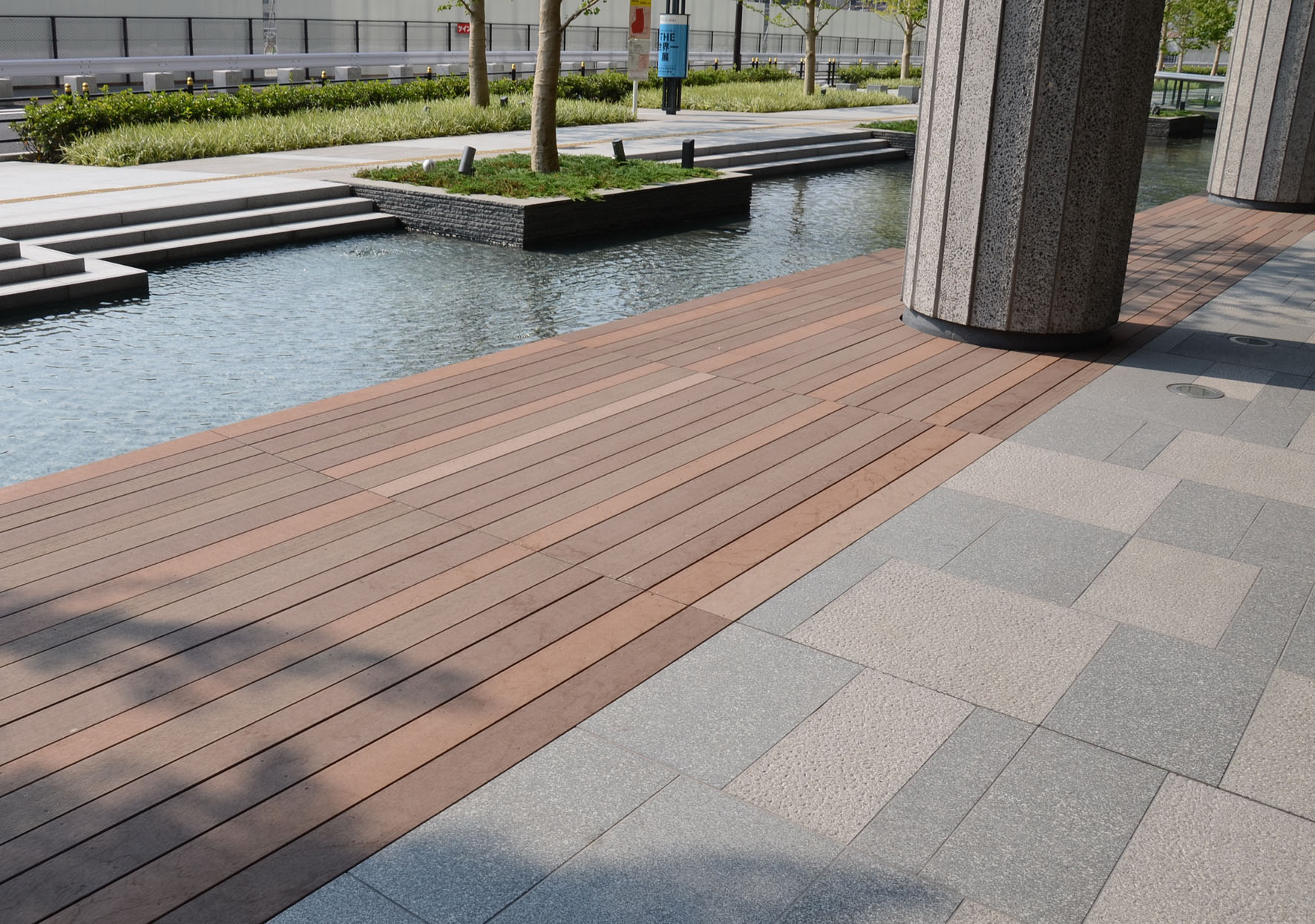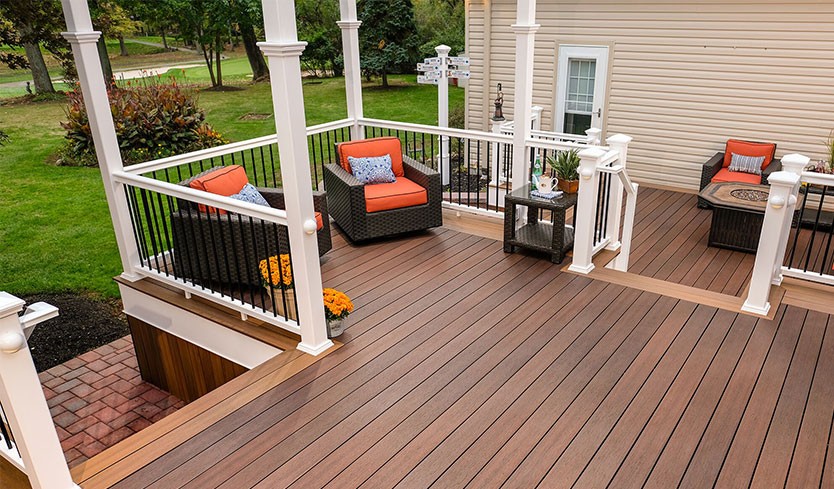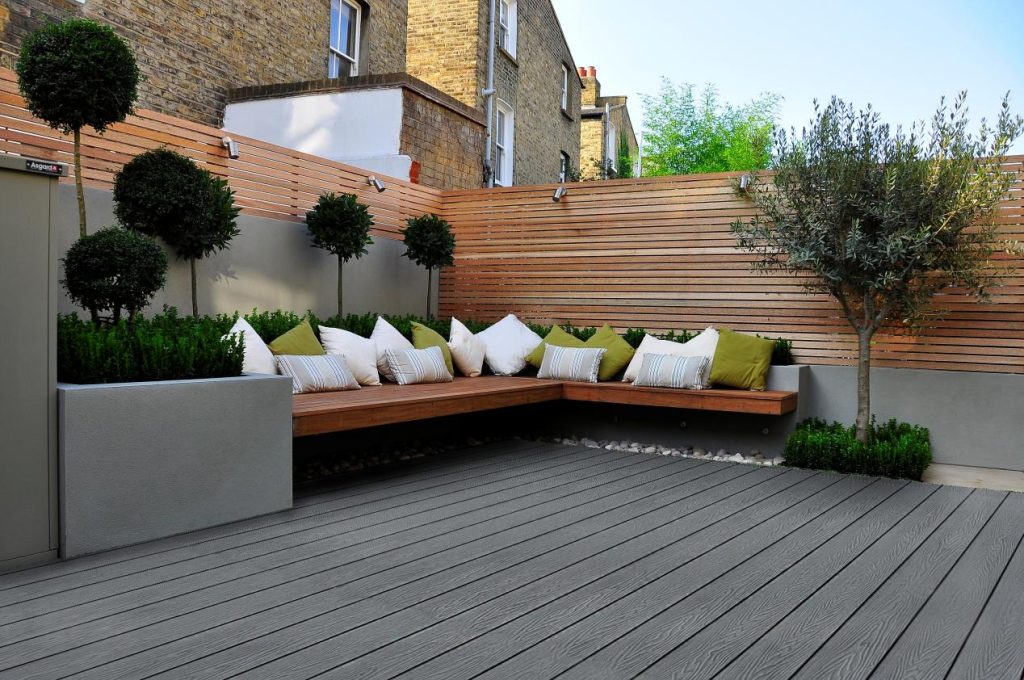Welcome to our comprehensive FAQ guide on WPC (Wood Plastic Composite) wood. Whether you’re a homeowner, builder, or designer exploring sustainable building materials or looking to upgrade your outdoor living spaces, this guide aims to provide you with detailed insights into everything you need to know about WPC wood. From its composition and advantages to applications, maintenance tips, and environmental considerations, we’ll cover it all to help you make informed decisions for your projects.
Let’s delve into the world of WPC wood and uncover its unique features that have propelled it to be a popular choice in construction and manufacturing industries worldwide.
Table of Contents
What is WPC wood?
WPC wood, or Wood Plastic Composite wood, is a hybrid material composed of natural wood fibers or flour and plastic polymers. This combination creates a durable and versatile material perfect for different applications in construction and manufacturing.WPC wood is engineered to combine the best attributes of wood and plastic, offering enhanced durability, weather resistance, and aesthetic appeal.
What are the advantages of WPC wood?
WPC wood offers several advantages over traditional wood and other materials:
Durability:
WPC wood is highly resistant to rot, decay, and moisture, making it ideal for outdoor applications where exposure to weather elements is a concern.
Low Maintenance:
Unlike natural wood, WPC wood is a stress-free choice. It doesn’t require staining, sealing, or painting to maintain its appearance. Cleaning with mild soap and water is all that’s typically needed in daily life, allowing you more time to enjoy your outdoor spaces.
Environmental Benefits:
Choosing WPC wood is not just an intelligent choice for your project; it’s a responsible one. Many WPC products are made from recycled materials, such as reclaimed wood fibers and plastics. This contributes to sustainability efforts by reducing waste and the demand for virgin materials.
Versatility:
WPC wood is like a blank canvas waiting for your creativity. It comes in a wide range of colors, finishes, and textures, mimicking the appearance of natural wood while offering enhanced durability and consistency in appearance. Let your imagination run wild with this versatile material.
Longevity:
Proper installation and maintenance can extend the lifespan of WPC wood significantly, making it a cheaper and sustainable choice in the longrun
How is WPC wood different from natural wood?
WPC wood differs from natural wood in several key aspects:
Resistance:
WPC wood is more resistant to moisture, insects, and UV rays than natural wood, which can warp, crack, or rot over time when exposed to the elements.
Maintenance:
Natural wood requires regular upkeep, including staining, sealing, and painting, to protect against moisture and prolong its lifespan. WPC wood, on the other hand, requires minimal maintenance and retains its appearance without these treatments.
Environmental Impact:
While both materials have environmental considerations, WPC wood can be more sustainable if made from recycled materials and if its longevity reduces the need for frequent replacements.
What are the applications of WPC wood?
WPC wood is used in a variety of applications across different industries:
- Decking: WPC decking is popular for outdoor decks and patios due to its durability, weather resistance, and low maintenance requirements.
- Fencing: WPC fencing provides privacy and security while offering a stylish alternative to traditional wood or metal fences.
- Cladding: Used as exterior cladding for buildings, WPC wood offers weather resistance and aesthetic appeal.
- Furniture: WPC wood is used to create durable and stylish outdoor furniture pieces like tables, chairs, and benches.
- Automotive: In the automotive industry, WPC wood is used for interior trim and components due to its lightweight, durability, and aesthetic qualities.
- Packaging: WPC wood is used in pallets and crates, and it provides strength and durability for shipping and storage applications.
How do you maintain WPC wood?
Maintaining WPC wood is straightforward and requires minimal effort:
- Regular Cleaning: Clean the surface regularly with mild soap and water to clean dust and debris. Please avoid using abrasive cleaners that could damage the finish.
- Periodic Inspection: Inspect the WPC wood for signs of wear, damage, or discoloration.
- Avoid Excessive Heat: While WPC wood is resistant to temperature fluctuations, avoid placing hot objects directly on the surface to prevent damage.
Is WPC wood environmentally friendly?

WPC wood can be considered environmentally friendly for several reasons:
- Recycled Materials: Many WPC products use recycled materials, such as reclaimed wood fibers and recycled plastics, reducing waste and the demand for virgin materials.
- Sustainability: WPC wood can contribute to sustainable building practices by reducing the environmental impact associated with harvesting natural wood.
- Longevity: The durability and longevity of WPC wood reduce the need for frequent replacements, further conserving natural resources over time.
What are the different types of WPC wood available?

WPC wood comes in various types and compositions depending on the manufacturer and application:
- Composition: Different ratios of wood fibers or flour to plastic polymers affect the strength, durability, and appearance of WPC wood.
- Surface Finish: WPC wood is available in smooth, embossed, or brushed finishes to provide different textures and aesthetic options.
- Color Options: WPC wood can be manufactured in a wide range of colors and tones to match different design preferences and architectural styles.
How durable is WPC wood?
WPC wood is known for its durability and resilience:
- Weather Resistance: WPC wood is highly resistant to moisture, UV rays, and temperature fluctuations, making it suitable for outdoor applications in various climates.
- Impact Resistance: Withstands impact and heavy use without cracking, splintering, or warping over time.
- Longevity: Properly installed and maintained WPC wood can last for many years, often outlasting natural wood and requiring fewer replacements.
What are the installation requirements for WPC wood?
Installing WPC wood typically follows general guidelines for composite materials:
- Substrate Preparation: Ensure the installation surface is clean, dry, and level before installing WPC wood to ensure proper adhesion and performance.
- Fastening Methods: Use appropriate fasteners and installation techniques recommended by the manufacturer to secure WPC wood panels or boards effectively.
- Expansion and Contraction: Allow for expansion and contraction of WPC wood due to temperature changes by leaving adequate gaps between boards or panels.
- Joist Support: Follow manufacturer guidelines for joist spacing and support to ensure the structural integrity and longevity of the WPC wood installation.
Is WPC wood suitable for outdoor and indoor use?
Yes, WPC wood is suitable for both outdoor and indoor applications:
- Outdoor Use: Used for decking, fencing, cladding, and other exterior applications due to its durability, weather resistance, and low maintenance requirements.
- Indoor Use: Used for flooring, furniture, and decorative elements in interior spaces requiring a durable, aesthetically pleasing material that mimics the look of natural wood.
Interested in purchasing WPC wood? Look no further than HOSUNG! We offer a wide range of high-quality WPC products designed for durability, sustainability, and aesthetic appeal. Whether you’re planning a decking project, considering fencing options, or exploring interior applications, our innovative WPC solutions are crafted to meet your needs. Join countless satisfied customers who have chosen HOSUNG for reliability and performance. Explore the possibilities with HOSUNG WPC today!
Curious about more details or have specific questions? Please don’t hesitate to contact us. We’re here to provide additional information, answer any inquiries you may have, and assist you in making the best choice for your WPC decking project. Our dedicated team is committed to ensuring your satisfaction and guiding you through every step of the decision-making process.
This FQA will be a substantial addition to our update. We will collect your questions, and after compiling them, we will identify the other ten most frequently asked questions to provide detailed answers.
Contact us via Fax: +86 553 3818181 Email: [email protected] Web:www.hosungwpc.com








